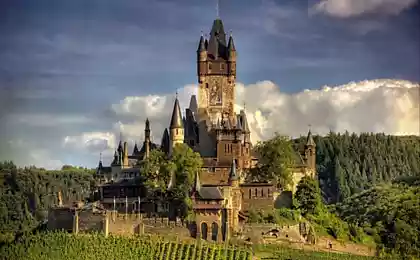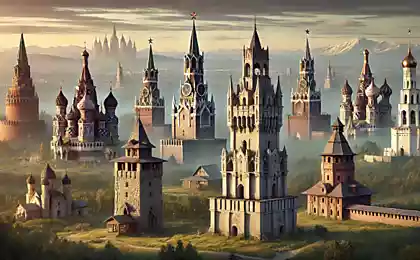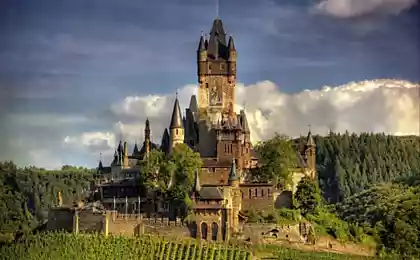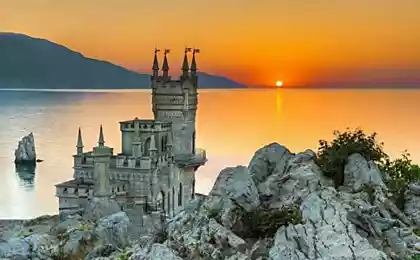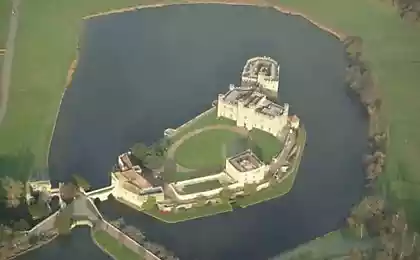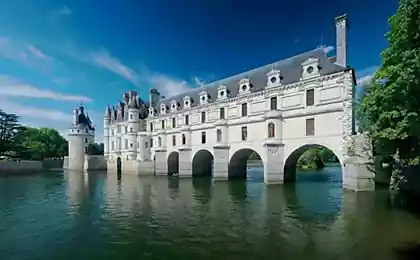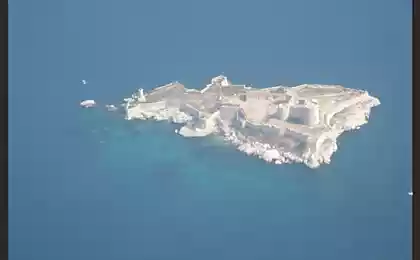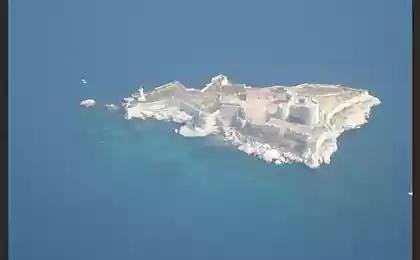683
"Eagle's nest" of Transcarpathia - Mukachevo castle
The ruins of the castle located on top of a high mountain which hangs over the city. The stone was laid in 1090, In 1191, there was already a castle. In 1242, he was captured and devastated by the Tatars. In the XIV century the castle was rebuilt. Since then he was known as the fortifications that protected the Kingdom Maramorosch and the salt mines. Restructuring and strengthening of the castle lasted during the XVI-XVIII centuries, mainly at this time and formed the layout configuration of the stronghold, which was determined watersnip nature of the top of the mountain. Accordingly Khust castle had two yard — upper and lower, which combined in its structure of multi-temporal structures.
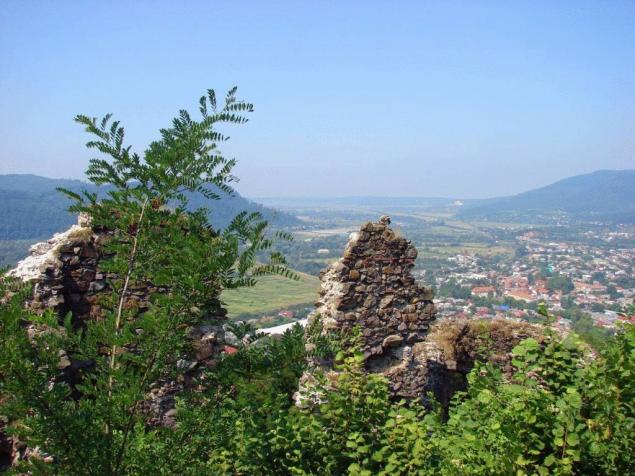
The upper courtyard was probably built earlier. It consisted of defensive walls, round three-tier tower from the South and the square watchtower of the North. The entrance gate was located West between the two towers, before which, through a deep ditch down the combined bridge. On the upper castle yard was located the premises of the owner (Palace), the commandant's house, farm buildings and a well depth of about 160 m.

Larger lower castle yard was walled and fortified triangular tower from the East and from the Northern bastions of the West. The entrance or South-Eastern gate was located between two towers, with the half-bridge in front of them. On the lower courtyard is a building, premises, commercial buildings, Church and the like. In the beginning of XVIII century the castle became the centre of struggle of the Hungarian people for independence under the leadership of Ferenc rákóczi II in 1703 it was captured by the rebels. After the uprising in 1711 there is an Austrian garrison.
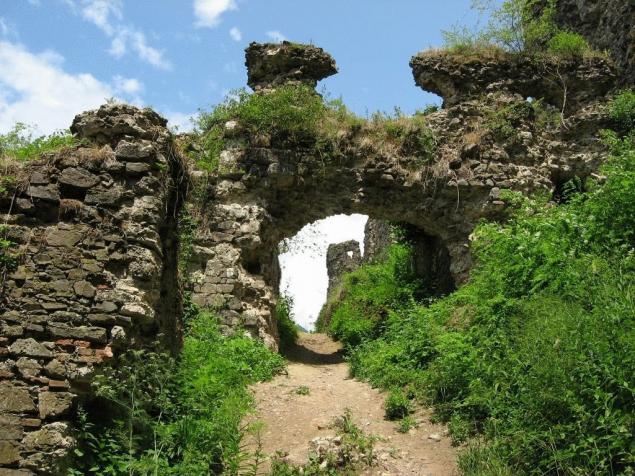
In 1766, when during a storm the round tower, which was preserved gunpowder, was struck by lightning, the castle from the powerful explosion was almost destroyed. The same thing happened in 1798, when the lightning was destroyed by the triangular East tower. Since then, the castle was not rebuilt and eventually became dilapidated. Currently, the fortification survived fragments of the defence walls and the rest of the bottom of the entrance towers, the round tower, upper yard, bastions. Khust castle is an outstanding monument of military architecture of the Transcarpathian region.
Source: /users/147

The upper courtyard was probably built earlier. It consisted of defensive walls, round three-tier tower from the South and the square watchtower of the North. The entrance gate was located West between the two towers, before which, through a deep ditch down the combined bridge. On the upper castle yard was located the premises of the owner (Palace), the commandant's house, farm buildings and a well depth of about 160 m.

Larger lower castle yard was walled and fortified triangular tower from the East and from the Northern bastions of the West. The entrance or South-Eastern gate was located between two towers, with the half-bridge in front of them. On the lower courtyard is a building, premises, commercial buildings, Church and the like. In the beginning of XVIII century the castle became the centre of struggle of the Hungarian people for independence under the leadership of Ferenc rákóczi II in 1703 it was captured by the rebels. After the uprising in 1711 there is an Austrian garrison.

In 1766, when during a storm the round tower, which was preserved gunpowder, was struck by lightning, the castle from the powerful explosion was almost destroyed. The same thing happened in 1798, when the lightning was destroyed by the triangular East tower. Since then, the castle was not rebuilt and eventually became dilapidated. Currently, the fortification survived fragments of the defence walls and the rest of the bottom of the entrance towers, the round tower, upper yard, bastions. Khust castle is an outstanding monument of military architecture of the Transcarpathian region.
Source: /users/147
Cappadocia – the lost world in Turkey
Tobey Maguire and Leonardo DiCaprio will shoot a film about poaching


